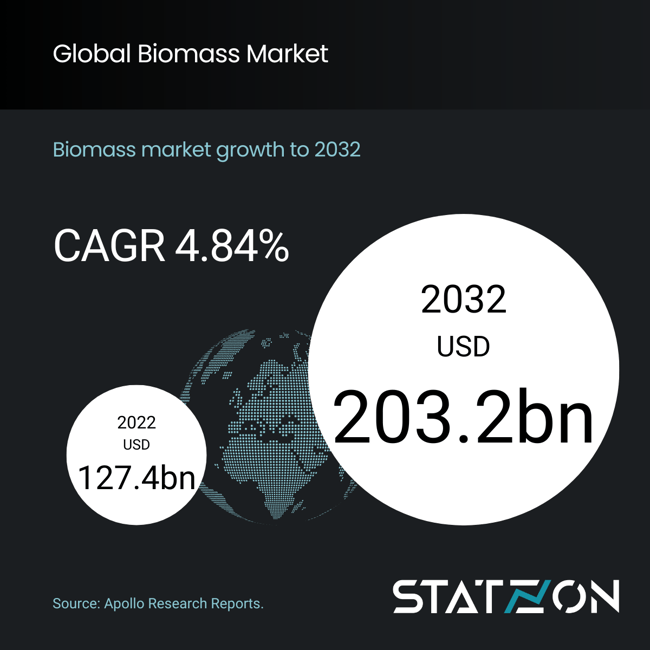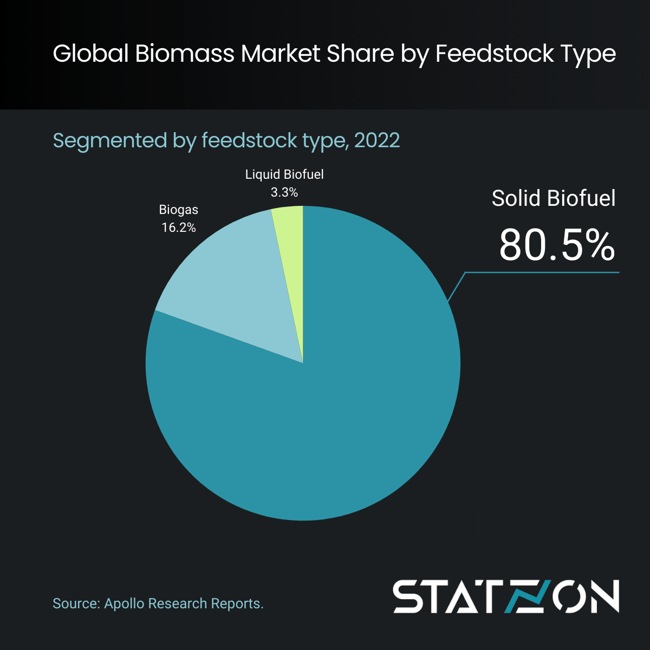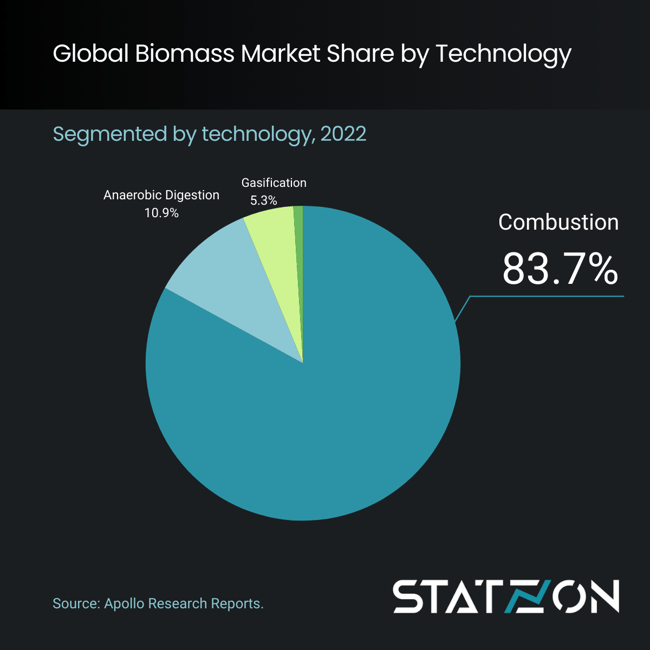As the oldest source of energy utilized by humans, biomass comprises organic materials such as wood, agricultural crops, and waste from forests, yards, or farms. These materials are utilized to produce bioenergy, an energy derived from organic matter that is poised to become increasingly prominent in the global renewable energy mix, alongside wind and solar power.
Bioenergy, produced through the combustion of biomass, plays a crucial role in the circular carbon economy. The organic material used in bioenergy production contains carbon absorbed by plants through photosynthesis. When this biomass is converted into energy, the carbon is released back into the atmosphere, and as new biomass grows, it absorbs an equivalent amount of carbon. This cycle makes modern bioenergy a near zero-emission fuel, critical for achieving decarbonization goals across various sectors, including transportation, industrial processes, and electricity generation. Currently, bioenergy stands as the largest source of renewable energy globally, accounting for 55% of renewable energy and over 6% of the global energy supply
Recent policy developments in countries like the United States, India, and Australia highlight the growing commitment to integrating sustainable biomass and waste resources into their energy strategies. These policies aim not only at decarbonizing the economy but also at stimulating innovation within the bioenergy sector, ensuring that bioenergy resources are sustainably sourced and supporting the transition to cleaner energy solutions. Notably, the strategic use of bioenergy technologies can significantly contribute to job creation, economic growth, and energy security, underpinning the potential of the biomass market in the broader context of the renewable energy transition.
Global Biomass Market Size
Although renewable electricity will predominantly come from photovoltaic, wind, and hydro, bioenergy itself will have to grow in all energy application areas (power, heat, transport, and industry) to reach the values set out in the Net Zero Emissions (NZE) scenario of the IEA
The world's biomass production currently stands at an estimated 146 billion metric tons annually, derived predominantly from natural plant growth. The International Energy Agency (IEA) forecasts a substantial role for bioenergy in achieving the Net Zero Emissions (NZE) scenario by 2050. In this scenario, bioenergy is expected to account for 18% of the total energy supply, reflecting a diversified application across power, heat, transport, and industry. Notably, it's poised to deliver 15% of industrial energy consumption, especially in generating high-temperature heat, 16% of the energy for transportation, and 10% of building energy needs, while also contributing to negative emissions through bioenergy carbon capture and storage (BECCS), targeting 1.3 billion tonnes of CO2 per year.
Modern bioenergy usage, which excludes traditional uses of biomass, nearly doubled from about 41 EJ in 2022 (6.5% of total final consumption) to almost 75 EJ in 2030 (around 13% of total final consumption). This requires the average annual rate of growth to increase from 3% over 2010-22 to 8% over 2023-2030. Despite the world's abundant biomass production, the transition to utilizing this biomass for bioenergy has been gradual.
Still, the market is growing, albeit modestly. The global biomass market is anticipated to grow at a CAGR of 4.84% from 2023 to 2032. The market, valued at USD 127.4 billion in 2022, is projected to reach USD 203.2 billion by 2032, based on estimates by Apollo Research Reports. More efforts are needed to accelerate modern bioenergy deployment to get on track with the NZE scenario.
Biomass Market by Feedstock Type
In the biomass market, "feedstock" refers to the raw biological material used to produce bioenergy. This includes any organic matter that's available on a renewable or recurring basis, such as agricultural crops, forest residues, and waste materials.
Segmenting the biomass market by feedstock, we see a diverse contribution from various organic materials. In 2022, solid biofuel dominated the market, comprising a massive 80.5% share, with a market value of USD 102.6 billion. It's the primary feedstock for bioenergy, largely due to its widespread availability and high energy content.
Liquid biofuel, used for transportation and energy, held a smaller portion of the market at 3.3% in 2022, valued at USD 4.2 billion. Although it has a smaller share, its potential for growth is substantial, given the increasing demand for sustainable transport fuels.
Biogas, a versatile energy source produced through anaerobic digestion, captured a significant 16.2% market share, translating to a value of USD 20.6 billion. Notably, the market share for biogas is projected to expand to 16.9% by 2032, indicating the growing importance of this renewable energy source in a low-carbon economy.
Biomass Market by Technology
The biomass market is defined by its diverse array of bioenergy technologies, including combustion, anaerobic digestion, gasification, pyrolysis, and hydrothermal liquefaction. These technologies play crucial roles across various sectors such as transportation, heating, and electricity generation, showcasing significant flexibility in utilizing different feedstocks and methodologies for the production of a wide range of biorefinery products. Despite their importance, these technologies span a broad spectrum of development stages, from nascent lab-scale research to advanced levels of commercial deployment and integration into the market.
Apollo Research Reports categorized the biomass market according to the top three biomass technologies.
Combustion technology, the most mature and widely adopted, involves burning biomass to generate heat and electricity. This technology captures the largest segment of the market with a dominant 83.7% share and a market value of USD 106.6 billion in 2022. The expected growth, at a CAGR of 4.43%, will likely push this figure to USD 163.5 billion by 2032. Its dominant market position stems from its proven reliability and capacity to utilize a variety of biomass feedstocks.
Anaerobic Digestion is the star performer in terms of growth, sporting the highest CAGR at 6.83%. Starting at a market share of 10.9% and a market value of USD 13.9 billion in 2022, this segment is anticipated to expand its share to 13.2% and double the market value to USD 26.9 billion by 2032. The technology's ability to convert organic waste into renewable natural gas—biogas—makes it an invaluable asset in the quest for sustainable waste management and renewable energy sources.
Gasification, though not the largest segment, shows a significant growth potential with a CAGR of 6.51%. With an initial market value of USD 6.8 billion in 2022, gasification is expected to reach USD 12.7 billion by 2032. This technology is particularly lauded for its efficiency in producing syngas, which can be used directly for energy or as a precursor for further chemical synthesis.
Sources: Statzon, Apollo Research Reports market study on global biomass market, IEA, IEA Bioenergy



